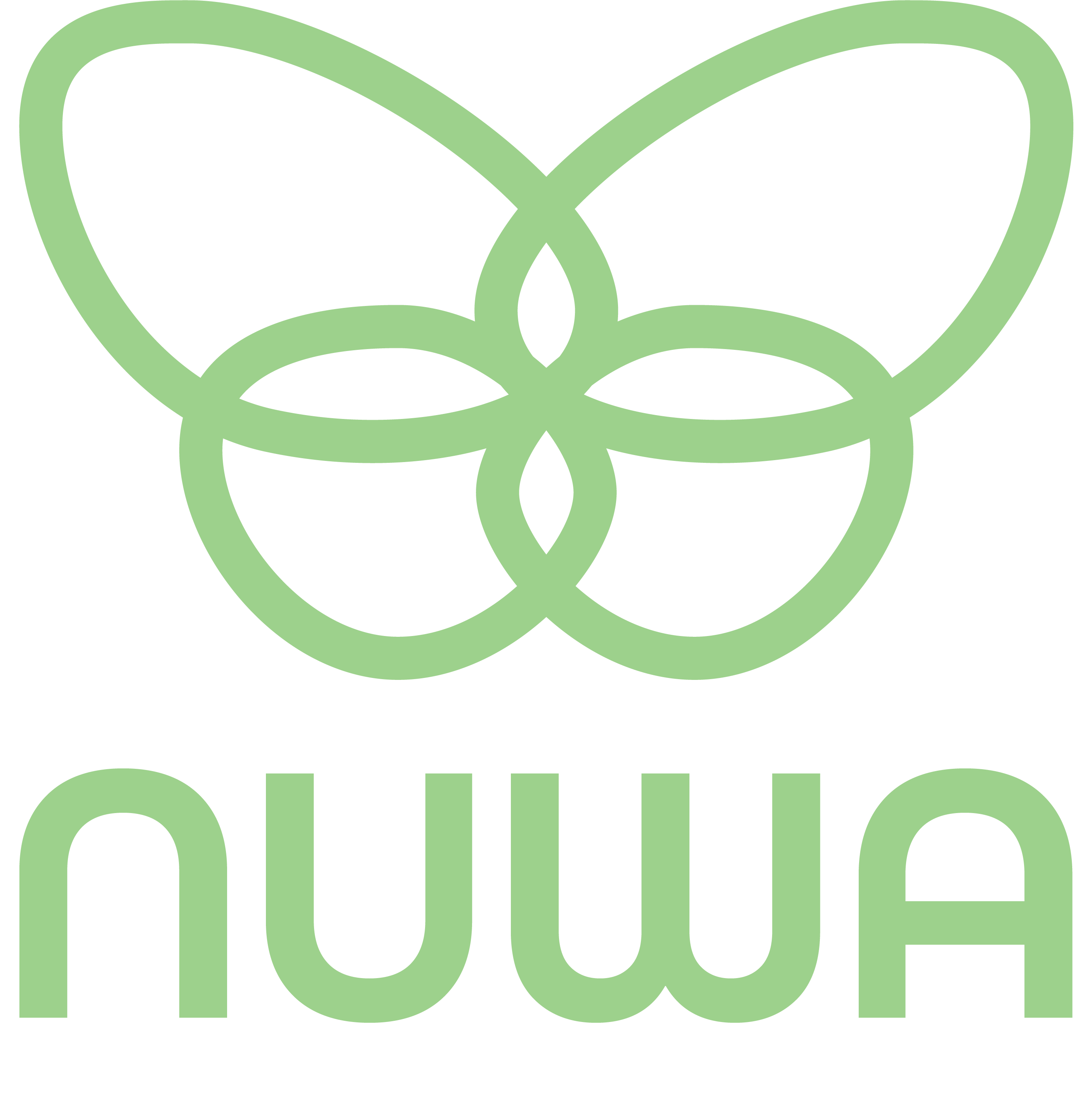If you’re reading this, then you’re already among the top tier of intellectuals in the world. Congratulations! But intelligence isn’t a perfect state of being; like many things in your life, it’s the engine that drives you forward in search of more. You hear a lot of people, from business to sports, talk about marginal gains. Some gains are so marginal they’re as thin as a piece of paper.
Here’s how you can go from smart to genius with pen and paper.
With a perpetually growing list of note-taking and journaling methods, how can you possibly pick one that’s right for you? The simple answer is, you can’t—at least not without dedicating a sizable chunk of time to trial and error. Luckily for you, we’ve done some of the legwork. Although we recommend you do a little experimenting, next month we have something in store that will help you kick-start your note-taking life. But more about that another time.
Today, we want to share three simple note-taking methods that can provide you a marginal gain to get ahead of the crowd.
Quadrant Method
- The first quadrant is for general notes—for example, ideas that came up in the meeting or points that were discussed.
- The second quadrant is for noting down action items for yourself.
- The third quadrant is for writing action items for others in the meeting.
- The fourth and last quadrant is for jotting down any questions you have toward the end of the meeting.
This simple but organized method works in a variety of ways. First, it creates some order to your notes, prompting you to focus on the four most important parts of any idea or project. We’ve all been in a meeting and suddenly found ourselves overcome with a handful of tangents. The second effective element of the quadrant is the spatial mapping. We’ve talked to researchers about this before. Essentially, the process of placing handwritten notes in different spaces on a page engages your brain more effectively. The outcome is better memory.
The Mapping Method
- Start with your main topic at the top of your page.
- Descending, write the action points in the order they arise in your thoughts/meeting or in the sequence they need to be done.
- Branching off from this second tier, you can add your questions, responsible people, and so forth.
- Continue down and out as far as you need to go.
Note: Visually, this method looks like an upside-down family tree.
Much like the quadrant method, mapping plays into our psychology. It also has a focusing element, but unlike the quadrant method, it allows for more freedom. For example, if you’re still in the ideation phase, this technique might be better suited. The trick to this method is to think methodically before committing to paper. You should have a clear idea of which action follows the previous one.
Timeline

Timelines are a great way to plot your course of action, although this method requires a clear direction. So it’s probably best to use the quadrant or mapping methods before you get to this stage. Like the previous two methods, it leans on our spatial minds, helping you recall what goes where in the chain of events. If you want to take that brain-hacking to another level, include colors in your timeline—the more they contrast, the better they’ll be.
While all three note-taking methods will help you get more from your meetings, lectures, or ideation sessions, they are short-term techniques. When it comes to getting the most out of your notes over a longer period—say, a month, quarter, or years—more robust techniques are required.
Since we’re writing and note-taking nerds, we love to talk to and do research on people who push the boundaries in both areas. This year, we’ve spoken to two men who do just that.
Ryder Carroll, the founder of the well-known Bullet Journal, describes his long-term note-taking method as a way to look inside yourself, critically analyze your decisions, aims, and fears. If you really want to know yourself, Bullet Journaling is an excellent way to do it. Discover more about Bullet Journaling here.
Daaf Borren, Dutch travel writer and journalist, offers a different approach. During his extensive travels across Africa, he has become reliant on his dual notebook method. His big notebook acts as his hard drive—a place to unload his thoughts from his days on the road. Each morning and evening, he spends around 30 to 60 minutes writing in this notebook. His small notebook acts as his assistant, keeping track of scenes, sights, smells, people, and oddities while on the road. This duality keeps him in the moment during his day while maintaining rich memories for his work.




Leave a comment
This site is protected by hCaptcha and the hCaptcha Privacy Policy and Terms of Service apply.